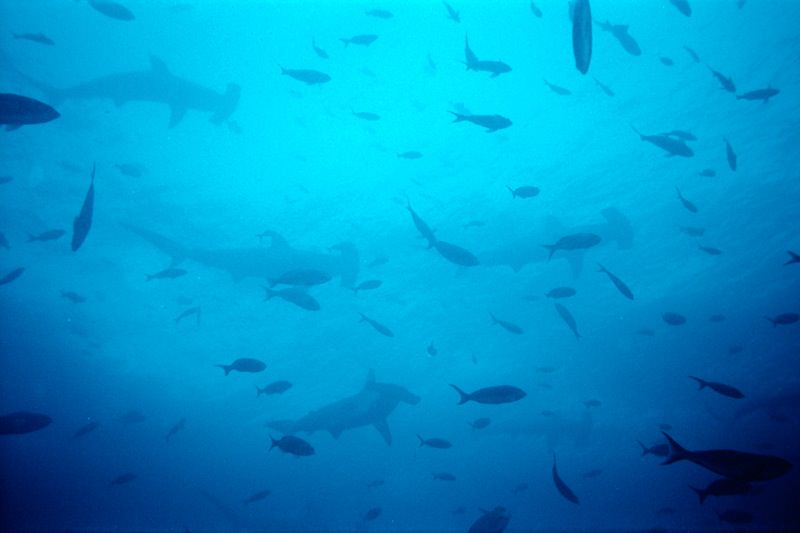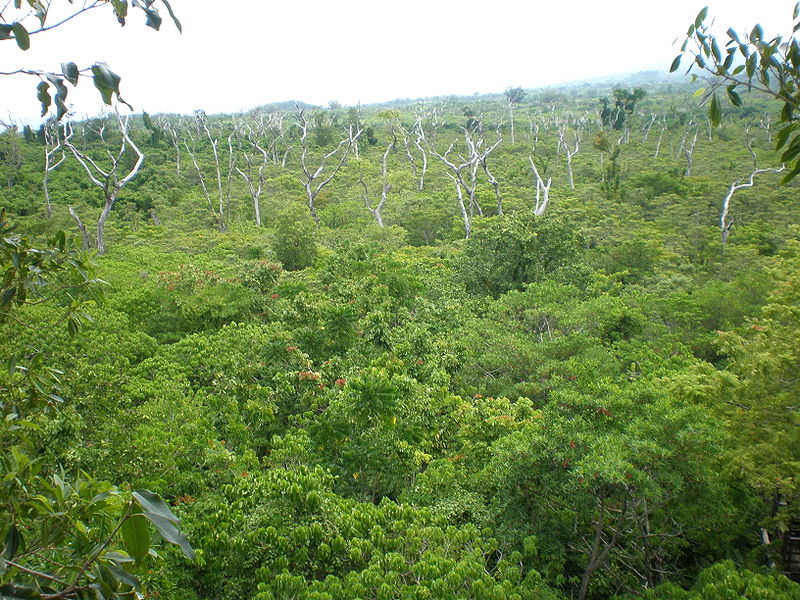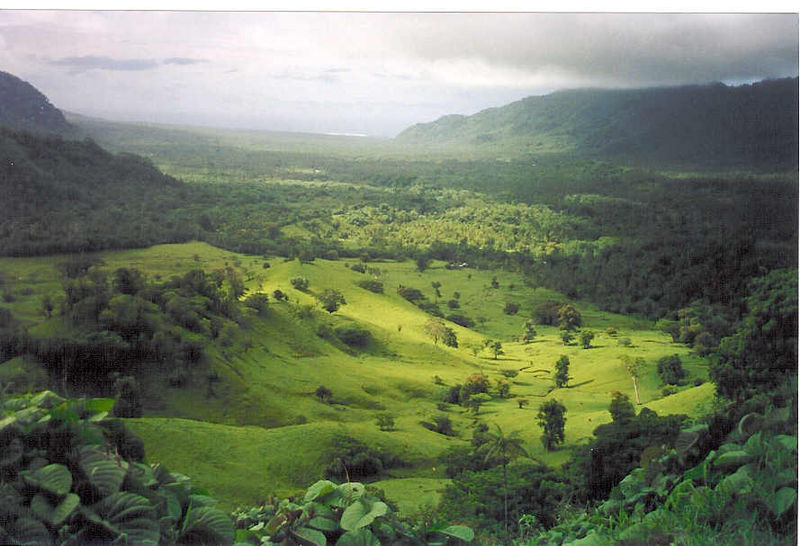
Samoa
Samoa is located in the middle of the South Pacific, nestled in the warm, crystal clear, pristine waters of the blue Pacific Ocean.
Not yet as developed as the popular islands, but beautiful as any place in the South Pacific, Samoa is still a bargin. Survivor, South Pacific was filmed in Samoa again.
The gentle climate has blessed this tropical paradise with a bounty of delicious fruits, and lush vegetation. Apart from the many magnificent white sand beaches, rugged forested mountains, steep gorges, numerous waterfalls, lava fields, blowholes, dormant volcanoes and coconut plantations, many other exciting scenic wonders beckon.
If you are looking for a place to take a well deserved holiday, Samoa offers everything you could want. You can find out more in the ‘Things to Do’ page.
Come and experience the history, myths and legends of our island paradise. A land where virgin rain forests spawn sparkling waterfalls and secluded spring-fed pools and streams. Where on clean, sweeping white beaches, sunshine and palm trees may be your only companions. And in the villages which necklace the coast, the dominant buildings are churches and the “fale” – great open meeting buildings where, in a unique governing system, the “matai” family representatives get together weekly to efficiently administer the village’s affairs. It’s a system that’s been successful for over 3,000 years.
Following the arrival of Europeans and missionaries, Samoa came to further prominence when Scottish author Robert Louis Stevenson fell in love with it and discovered his own “Treasure Island.”
Stevenson’s charming residence “Vailima” has been meticulously restored and is now a museum, the great author himself is buried atop Mount Vaea, overlooking Apia and its harbour. It’s a resting place he chose so he could stay forever with Samoa and the people he loved.
Come and discover why people have been falling in love with the heart of Polynesia since the beginning of history. A land where unspoiled customs, cultures and courtesies still exist. Where visitors are welcomed as friends. Where natural beauty and a unique living culture are major attractions that you can enjoy from the comfort of a fine selection of accommodation facilities.
Today, Samoa is an emerging tourist destination with a wide range of activities to enjoy. Talofa Lava and welcome to Samoa.
Samoa lies in the Central South Pacific, 2,613 miles south-west of Hawaii (a five hour flight), and 1,800 miles north-east of New Zealand (a three hour flight). Fiji is 793 miles to the west and Pago Pago, American Samoa, only 80 miles to the east. There are two main islands, Savai’i and Upolu, in addition to a number of very small islands just off Upolu. The land area is 1,133 square miles with Apia – the center of Government and commerce and Faleolo International Airport being on the second largest and most developed island of Upolu.
The islands are volcanic and physically similar to the Hawaiian Islands and are dominated by rugged mountain ranges with a 3 – 4 mile skirt of gently sloping fertile land to which is attached the fringe of coral reefs and lagoons which surround the islands.
The islands of Samoa were first settled about 3,000 years ago, after a very gradual migration eastwards into the Pacific from people originating in South East Asia. Samoa, it seems, was the cradle of the Polynesian culture, and archaeological evidence suggests settlers from Samoa then spread to the other islands of Polynesia including Hawaii, Tahiti and New Zealand. The Samoans have their own theory as to the origin of the earth and their islands. These islands and the people are the creation of the god “Tagaloa” and the story is very similar to the biblical account given in the book of Genesis. The oldest known site of human occupation is on the western edge of Upolu at Mulifanua where traces of Lapita pottery have been carbon dated at about 1,000 BC. Archaeologists have pondered for decades over the origin, purpose and use of the many prehistoric structures which are scattered over the islands. Many have been lost under centuries of dense jungle growth but many are still visible today.
In 1768, French navigator, Louis de Bougainville, sighted the islands of Samoa calling them the “Navigator Islands” because he encountered many Samoans sailing small canoes far from the sight of the land and assumed they must be good navigators. By the late 1700s, European traders were plying the Pacific and around 1800 ships began to call at Samoa for supplies. By the early nineteenth century, some Europeans (i.e. escaped convicts, seamen and whalers) had settled in Samoa. However by far the greatest impact of change on the culture and society of Samoa was the arrival of the western missionaries. The strong influence of the missionaries and their teachings, have made the Samoan people devoutly religious right up until today, with much time and resources devoted to church activities.
After the arrival of the missionaries and European traders, vast plantations producing copra and cotton were developed for export, and Apia soon became a major commercial center in the South Pacific. But, by the late 1800s, internal strife among the Samoan chiefs, and power struggles between the then present opposing colonial powers of Germany, America and Britain, led to a period of instability. However, by 1899, after a treaty was signed by the three colonial powers, Samoa was annexed by Germany and the country prospered until Germany’s expulsion by New Zealand forces at the outbreak of World War One. New Zealand administered tenuously thereafter, but Samoan discontent, headed by the Mau movement, and a desire for self government led to a referendum in 1961. In January 1962, after overwhelming support for freedom from foreign rule, Samoa became the first independent island nation in the South Pacific.
The population of Samoa is approximately 162,000. The majority is Polynesian whose lifestyle is based on the extended family and the village. Most live in 360 villages, each containing an average of 350 people. Christianity is an integral part of Samoan custom with the main denominations being the Congregational Christian church, Catholic Church, Methodist Church and Church of the Latter Day Saints. The Samoan language is the dominant language, but English is widely used in commercial and government business.






